Bitcoin is the flagship cryptocurrency at the heart of revolutionary blockchain technology. Nevertheless, Ethereum, the second-largest, is also having a massive impact as it expands Bitcoin’s capabilities. The ability to move beyond the fundamental use case of digital currencies has seen Ethereum power a number of tokens and decentralized applications.
As it stands, a good number of tokens and dApps are built on top of the second-largest blockchain. The number of tokens and decentralized apps based on the Ethereum blockchain has continued to grow, given that most of them are developed to address common day-to-day problems.
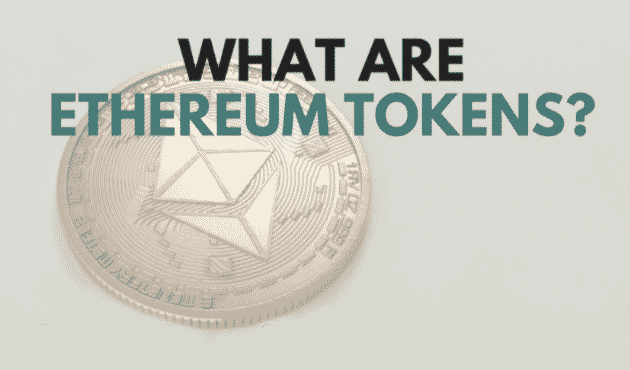
At the heart of the Ethereum ecosystem are ERC-20 tokens which are essentially tokens built on top of the ETH ledger that can be sent and received. Additionally, it operates as a technical standard used on all smart contracts and for token implementation.
While ERC-20 tokens are also blockchain-based assets, they don’t run on their own network, as it’s the case with the likes of Bitcoin, Litecoin, etc. Instead, they are powered by the Ethereum network but designed to perform different functions.
The Ethereum distributed ledger has made it easy for people to come up with different digital assets and transparent and immutable smart contracts. Consequently, it plays host to thousands of coins that fall into a handful of categories.
Despite there being thousands of Ethereum based digital currencies, all of them are built on standards that can be integrated with various decentralized applications and DeFi protocols.
Ether token
Ether is the native token that powers the Ethereum blockchain. It acts as a medium of exchange through which transactional fees are processed. Consequently, it acts as payment for participants who wish to execute requested operations.
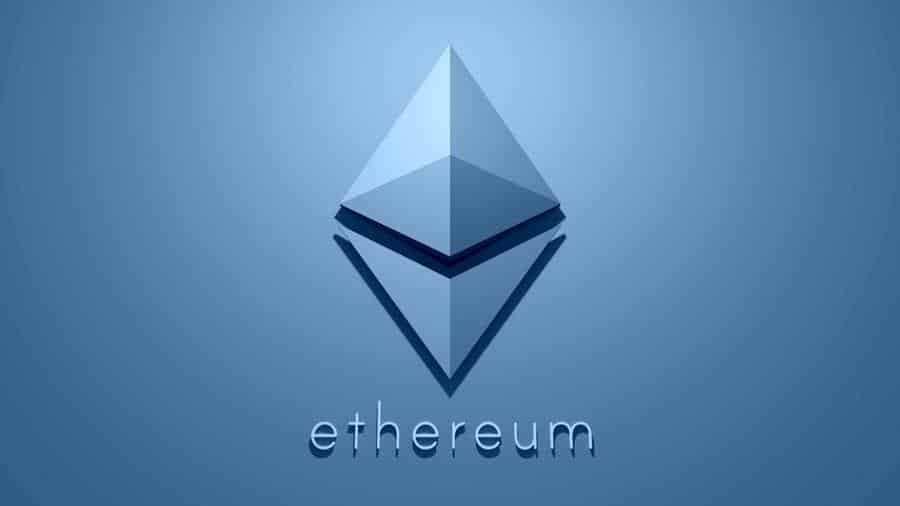
While it is often seen as a digital currency, it mostly operates as a fuel as it tracks and facilitates almost all transactions. Unlike Bitcoin, which also acts as a medium of exchange, Ether does not have a cap. Consequently, it changes and increases depending on demand. For this reason, the ETH ledger has grown to become the largest and is expected to continue outpacing Ethereum.
Whenever a new developer comes up with a new application of the blockchain technology on top of the Ethereum blockchain, a new token comes into being. The influx of new applications has seen a significant increase in Ethereum-based tokens.
ERC-20 token
While ERC-20 is a standard used in the development of smart contracts, it has also given rise to different types of Ethereum tokens. The standard supports all the smart contracts on the network and the tokens powering them.
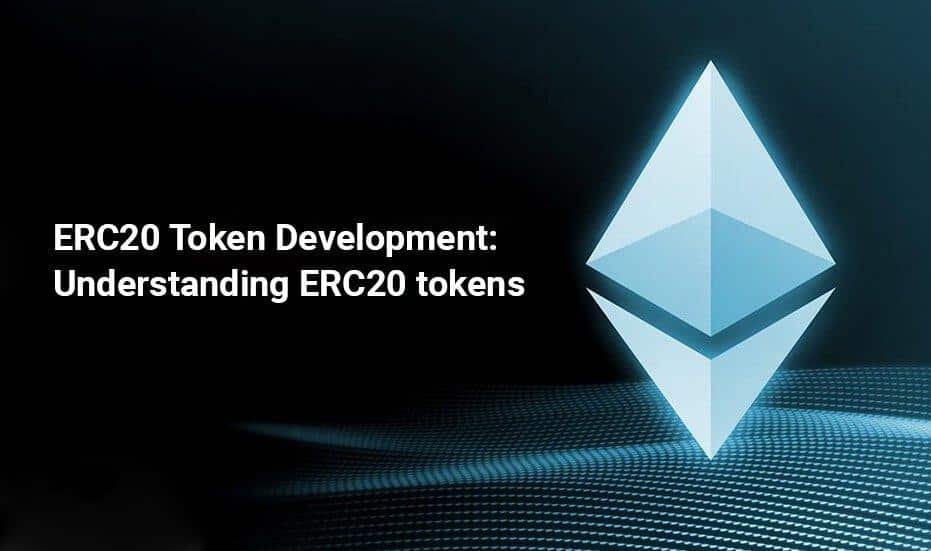
The ERC-20 standard defines all the rules that the tokens must adhere to. The rules include how the token can be sent and received and how transactions are verified. It also defines how people can access data and the total supply of the tokens.
Conversely, the standard has made it easy for developers to know in advance how new coins will function within the largest ETH blockchain framework.
ERC-223
The ERC-223 is another standard, an improvement of the ERC-20 that has also given rise to a new set of cryptocurrencies. ERC-223 based coins operate more like Ether by creating receipts that indicate the person who initiated a transaction and the final block.
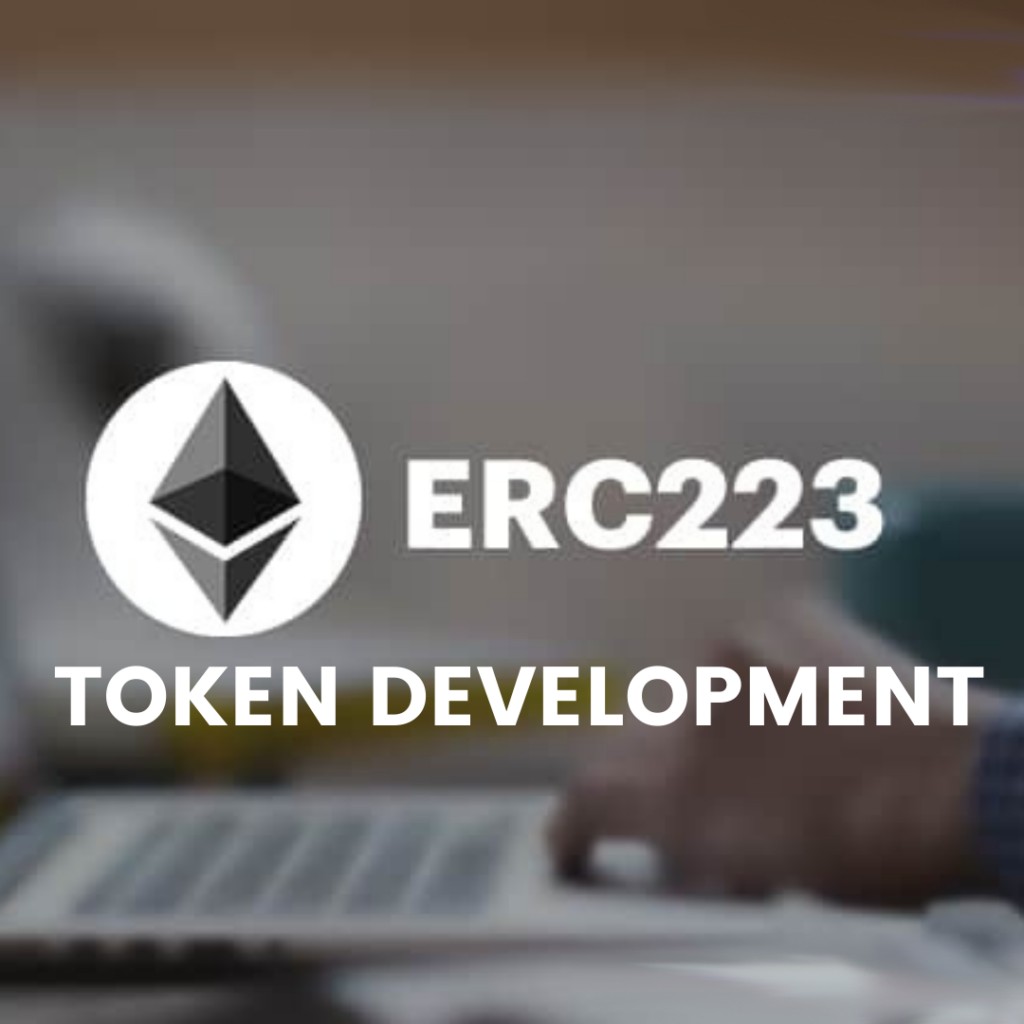
However, the standard does not support the transfer of tokens that don’t have support for the receiving hook functionality. The hook must be in place whenever such tokens are sent to give a contract the ability to handle such. Without a hook, a call will always revert, and the contract won’t be fulfilled.
ERC-223 standard addresses some of the flaws of the ERC-220 based tokens. For instance, it enables the transfer of coins to smart contracts and wallets of the same function. It also improves the efficiency of ERC-20 by ensuring transfers require only one step.
ERC-721
ERC-721 is another standard that has given rise to a new set of Ethereum-based tokens that improve on the functionality of ERC-220. The standard has allowed developers to come up with non-fungible digital assets.
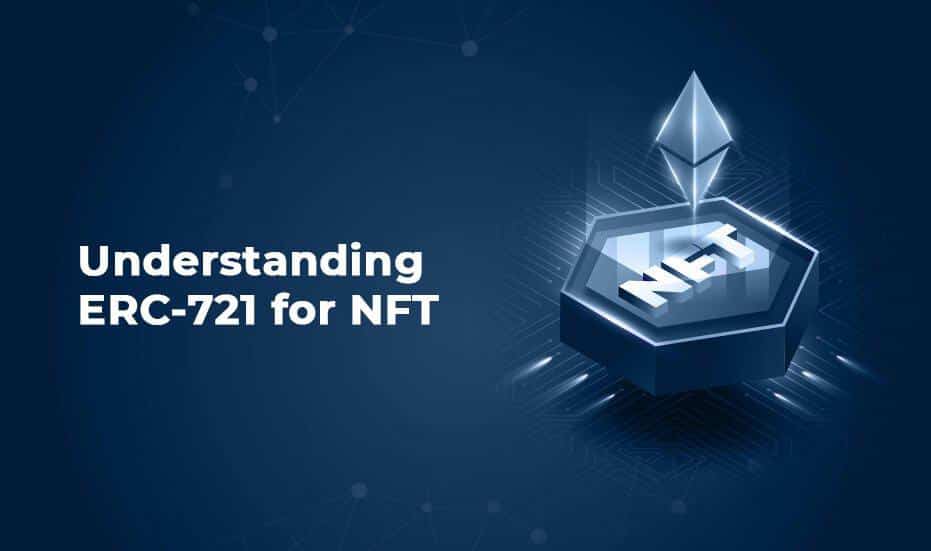
Consequently, the standard has given rise to cryptocurrencies that enable the digitization or tokenization of unique individual assets. Therefore, according to them, more real-world assets are increasingly being tokenized and valued on the blockchain network.
In addition, it’s become increasingly possible to tokenize such things as fine art, music royalties, and stocks which are then transferred with ease on the blockchain network. The standard has also gone to enhance the integrity of most real-world objects as they can be traced at an unprecedented level on the Ethereum network.
ERC-1155
The standard has given rise to a new set of cryptocurrencies mostly used in games. It has enabled the development of fungible and non-fungible digital assets that can be stored in one contract. Therefore, developers have come up with NFTs that represent a unique weapon on a game and use a fungible token to develop a native currency of the game.

Without the ERC-115 standard, developers would have been forced to come up with hundreds of contracts to represent game items. To cement the deficiency, it’s now possible to only use one contract to tokenize all in-game items.
Final thoughts
The Ethereum network is constantly evolving, which explains why it is much bigger than the Bitcoin blockchain. The development of new standards designed to address the flaws of the previous frameworks should continue to support the development of more ETH-based tokens.
While the ERC-20 standard plays host to more Ethereum tokens, things could change significantly in the near future. More new projects are moving to the ERC-223 and ERC-777 standards to address the flaws of previous ETH-based tokens.








